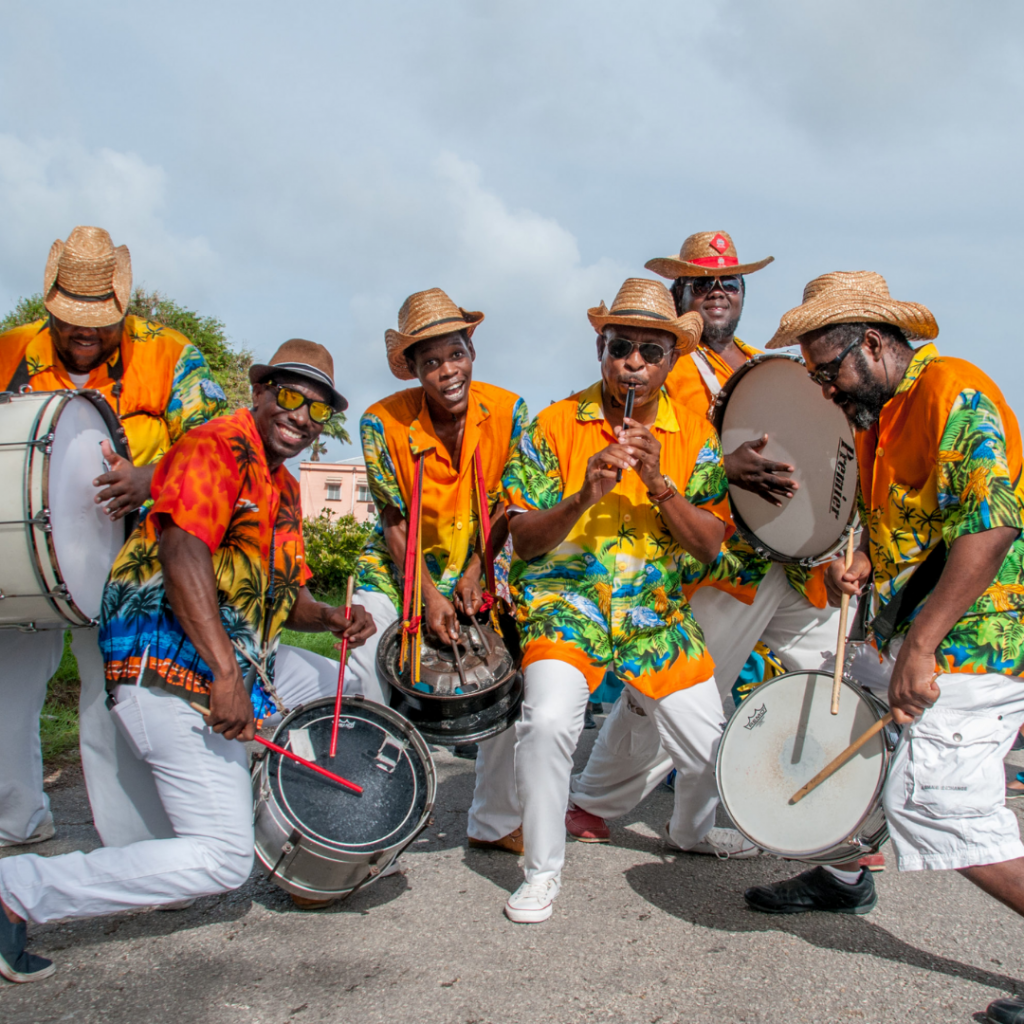Every time I talk about macro photography, it seems as if I’m typing out the same thing repeatedly. That’s because I’m sure that I’m not the only one who thinks you need a macro lens to shoot macro images.
What is Macrophotography?
Macro photography (also known as microphotography or close-up photography) is the process of taking photographs of small subjects that are significantly magnified on a camera’s sensor. The most common use for macro photography is to take images of small insects or other microscopic life forms. The process is also used for still lifes, portraits, and other subjects.
Macro photography is taken to a whole new level with manual focus. Not only can you focus closer than with autofocus, but you can also control how much the focus is hyper-focused. The term “macro” is used to describe the process of using a magnifying glass to focus on something close at hand, so the use of a manual focus increases the level of detail that can be seen.
Here Are Some Tips for Macro Photography:
- Make use of manual focus.
There’s nothing better than capturing a perfect shot of your subject, but sometimes that perfect shot is out of focus. This can be a problem, but not if you use a lens that has manual focus capabilities. One of the best ways to take great macro photos is by developing a routine and focusing on macro photography.
- Capture plenty of shots.
The joy of taking macro photography is the feeling of taking a close-up shot that, for many of us, is far away from the experience we have when we are just taking a snap of something on the ground. I enjoy getting up close to the animal and feeling its muscles as I photograph it.
- Assemble photos in post-processing.
For those who want to shoot macro photos – close-up images of small objects – it is essential to understand the camera settings, particularly the ISO and aperture, which are the main factors controlling the depth of field (DOF). If a photo has a narrow DOF, it is impossible to blur out all the distracting objects, so this is a limitation of macro photography.
- Make use of a tripod.
There are several types of tripods available to photographers. However, what is often overlooked is that a tripod serves multiple purposes, whether your goal is to take great pictures of wildlife or to get the perfect macro shot. For example, a slanted tripod can be used to capture a variety of subjects, such as portraits and objects on the ground. However, a high-quality tripod can also aid in taking great pictures of a very small subject, such as bugs. It can also aid in taking macro pictures of the tiniest of objects.
- Make use of flash.
While using a flash can improve your macro photography, it can also be a pain. Why? Frustratingly, you can’t simply turn on the flash on a smartphone and expect the results to be good. Instead, it would help combine a smartphone’s camera with an external flash.
Everyone who loves being behind a camera, either a professional who makes money off it or a hobbyist who enjoys capturing special moments, would like to think they are good enough to take great photos. However, the truth is that you need to have years of experience and perfect camera skills to take great photos.
If you are a newbie in macro photography, you might wonder how to make your pictures stand out. The thing is, macro photography is one of the most challenging things to do. You need to be extremely patient and take your time to get the right position. It involves a lot of patience and a bit of practice. A combination of both, and you will have a great macro experience.
Macro photography is ideal for a lot of reasons, but one of the most important is that it allows you to experience the world in a way that we all get to experience in our everyday lives. Being that close to the subject you are photographing, or capturing a small part of it, allows you to experience it as if it was “right there.” It can allow you to see the beauty that you might miss out on if you were to take a photograph from a distance.



